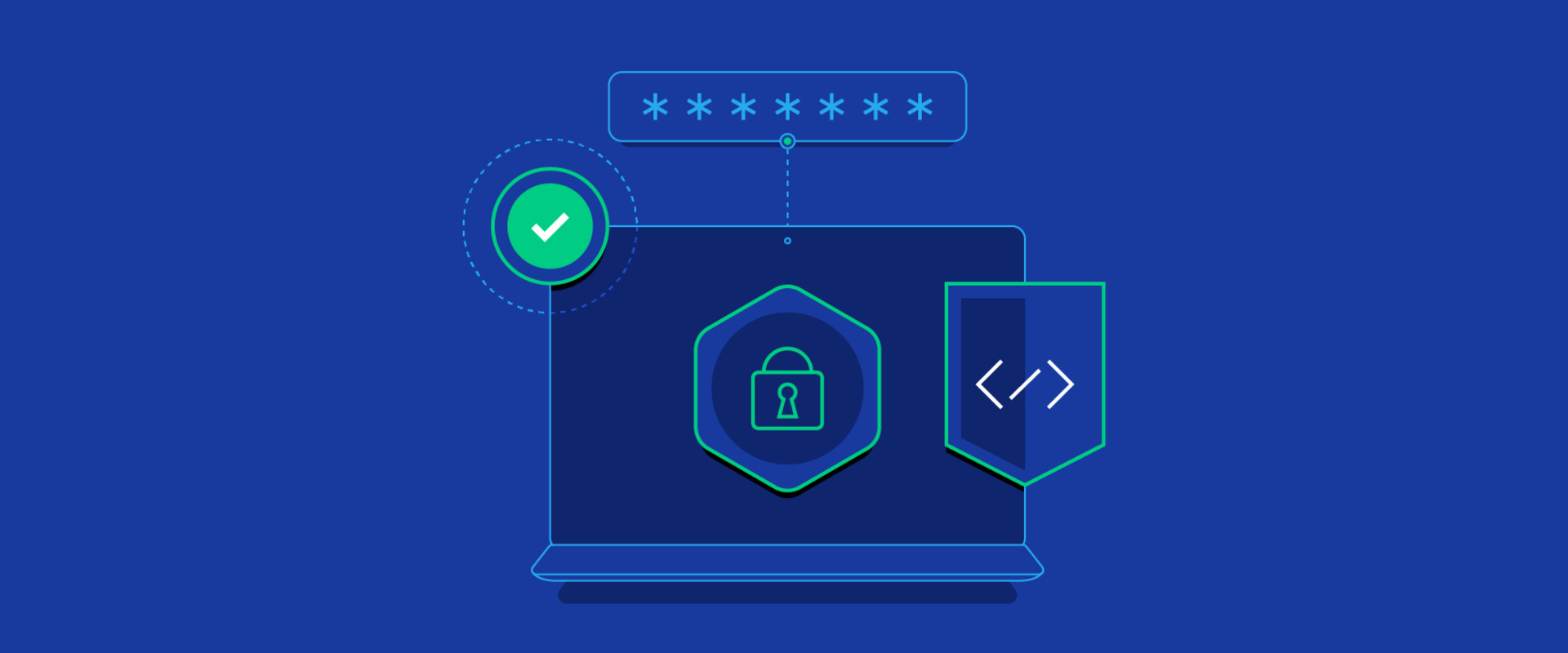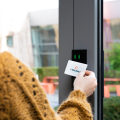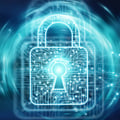In today's world, it is more important than ever to ensure the security of your data and systems. Remote access control policies are an essential tool for any organization that requires secure access to confidential information and systems. With the increasing use of remote access technologies, it is essential to understand and implement the right policies and procedures to ensure security and compliance. This article will provide an overview of what remote access control policies are and how they can help protect your organization.
We will discuss the different types of remote access control policies, why they are important, and what you need to know to ensure that you are properly protecting your organization. We will also highlight the importance of employee training and awareness in order to ensure that your remote access control policies are effective.
What Remote Access Control Policies Are
Remote access control policies are security measures that control who can access a network from outside locations. They limit access to authorized personnel and provide a secure way to access data remotely. The policies are typically enforced by user authentication and authorization processes, such as passwords, two-factor authentication, and multi-factor authentication.The Importance of Remote Access Control Policies
Remote access control policies are essential for any organization that needs to maintain the security of its data.Without these policies in place, anyone with an internet connection could potentially access an organization's sensitive data. This could lead to data breaches, financial losses, and reputational damage. Implementing remote access control policies can help protect your organization from these risks.
Types of Remote Access Control Policies
There are several types of remote access control policies, including:- Authentication Policies: These policies specify how users must authenticate themselves when attempting to gain remote access.
- Authorization Policies: These policies specify who is allowed to access the network and what resources they can access.
- Auditing Policies: These policies specify how often the system should be audited and by whom.
- Encryption Policies: These policies specify which encryption algorithms should be used to protect data.
- Identify the Need: Before setting up remote access control policies, you should identify the need for them and why they are necessary.
- Select Appropriate Tools: Select the tools that will be used to implement the policies. This includes authentication and authorization software, as well as any other tools that may be necessary.
- Set Up Authentication Processes: Set up the authentication processes that will be used to verify user identity and grant access.
- Set Up Authorization Processes: Set up the authorization processes that will determine who is allowed to access the network and what resources they can access.
- Test the Policies: Test the policies to ensure they are working properly.
- Train Users: Train users on how to use the system and how to follow the security protocols.
- Monitor User Activity: Regularly monitor user activity to ensure that only authorized personnel have access to sensitive data.
- Enforce Strong Passwords: Require users to use strong passwords and change them regularly.
Consider using two-factor or multi-factor authentication for added security.
- Update Security Measures Regularly: Regularly update security measures, such as firewalls and antivirus software, to ensure they are up-to-date.
- Educate Users on Security Protocols: Educate users on security protocols and make sure they understand the importance of following them.
- Finding the Right Balance: Finding the right balance between providing enough security while still allowing users to do their jobs efficiently can be difficult.
- Ensuring Compliance with Regulations: Ensuring compliance with all relevant regulations, such as HIPAA, can be challenging.
- Managing Multiple Users: Managing multiple users with different levels of access can be time consuming and difficult.
Types of Remote Access Control Policies
User-based policiesUser-based policies are the most basic type of remote access control policy.This type of policy is based on the identity of the user and their credentials, such as a username and password. This type of policy ensures that only authorized users can access the system, as they are required to provide valid credentials in order to gain access.
Role-based policies
Role-based policies are more complex than user-based policies, as they use groups and roles to limit access. A role is a set of permissions associated with a user or group that determines what type of access they have to certain resources.For example, a user with a “manager” role may have access to more resources than a user with an “employee” role.
Time-based policies
Time-based policies are based on the time of day or week. This type of policy allows organizations to limit access to certain resources during certain hours or days. For example, an organization may want to limit access to their systems during the weekends or after normal business hours.In conclusion, remote access control policies are essential for keeping an organization's data secure by limiting access to only those with the proper credentials. Organizations should consider factors such as who should have access to the data, what type of authorization is necessary, and how often the policies should be updated. It is also recommended to contact an IT professional for help in setting up or maintaining these policies. By doing so, organizations can protect their sensitive data and ensure that only authorized personnel have access.








Leave Message